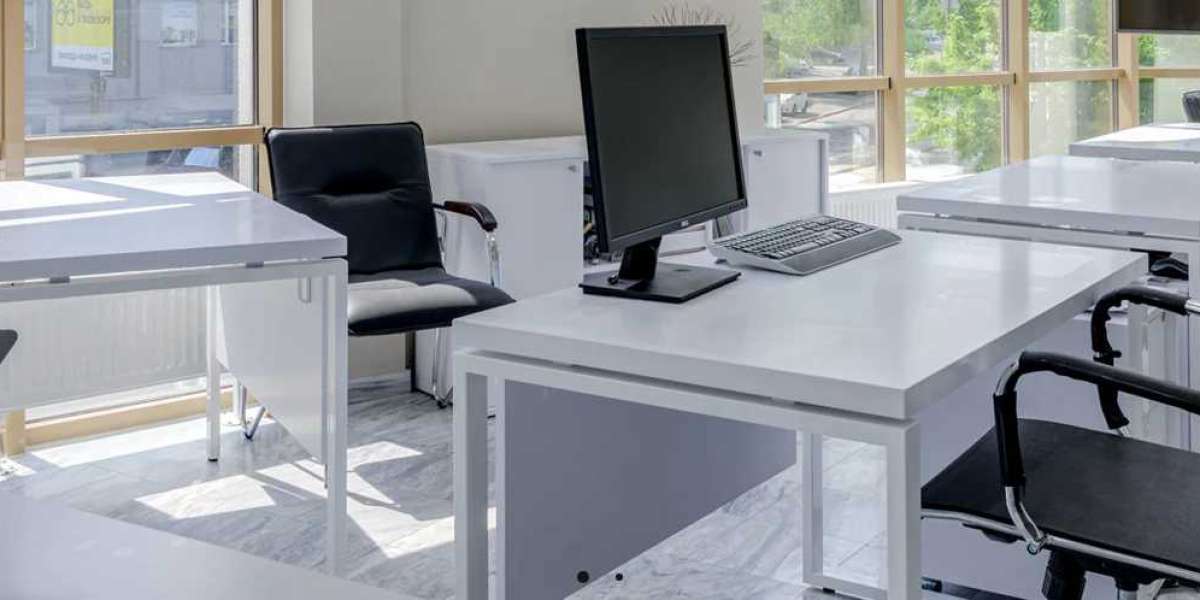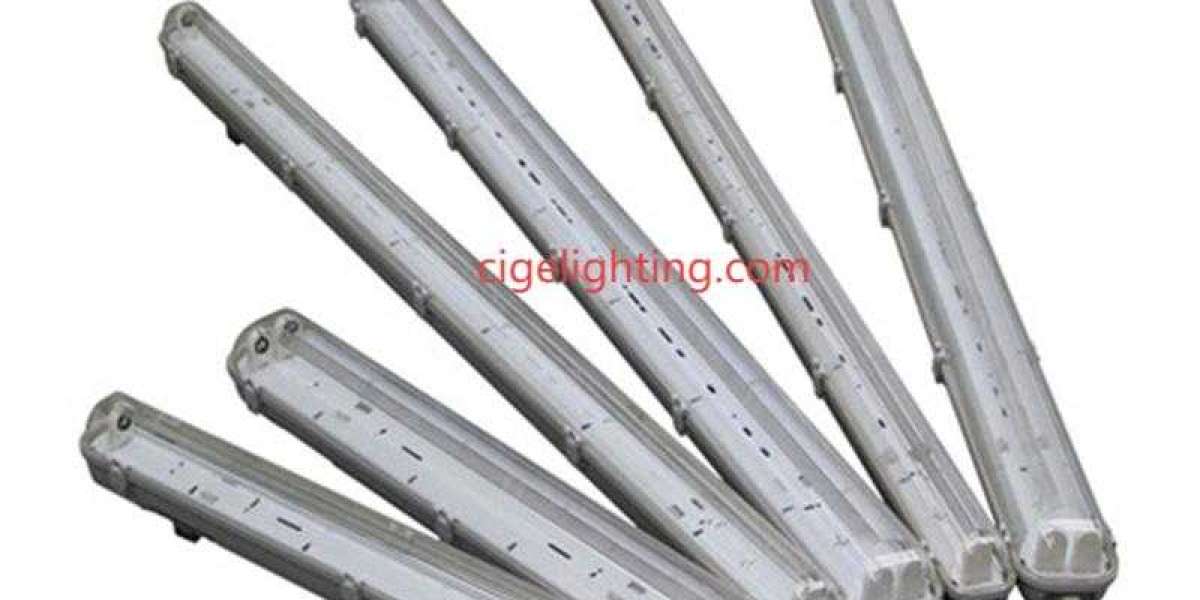Biophilic design integrates natural elements into built environments to enhance well-being, productivity, and satisfaction. In the context of office furniture, incorporating biophilic design can transform workspaces into healthier, more inspiring environments. Here’s how to effectively integrate biophilic design principles into office furniture:
1. Use Natural Materials
Wood and Stone:
- Wood Finishes: Choose furniture with natural wood finishes or veneer to bring warmth and texture to the office. Examples include wooden desks, chairs, and shelving units.
- Stone Accents: Incorporate stone or stone-like materials in furniture design, such as desks with stone tops or decorative stone elements in partitions.
Bamboo and Cork:
- Bamboo Furniture: Bamboo is a sustainable material that offers a natural look and feel. Consider bamboo desks, chairs, or storage units.
- Cork Surfaces: Use cork for desk surfaces, bulletin boards, or flooring to add a natural, textured element to the office.
2. Incorporate Greenery
Indoor Plants:
- Planters and Green Walls: Integrate planters into office furniture designs, such as desks with built-in plant holders or partitions with green walls.
- Desk Plants: Provide small, easy-to-care-for plants on desks and workstations to bring a touch of nature to individual workspaces.
Living Furniture:
- Furniture with Integrated Greenery: Use furniture designs that incorporate living plants, such as planters built into the base of desks or seating areas.
3. Emphasize Natural Light
Lighting Design:
- Daylight Mimicking Lights: Use lighting that mimics natural daylight to enhance the connection to the outdoors and support circadian rhythms.
- Adjustable Lighting: Incorporate adjustable lighting features in furniture to allow users to customize their lighting environment.
Light Wells and Skylights:
- Office Layout: Design office layouts that maximize access to natural light, such as using furniture to create open, light-filled spaces.
4. Create Organic Shapes and Patterns
Furniture Design:
- Curved Furniture: Opt for furniture with organic, curved shapes that mimic natural forms. For example, curved desks or chairs that provide a more fluid, natural aesthetic.
- Nature-Inspired Patterns: Use patterns and textures in upholstery or surface finishes that reflect natural elements, such as leaf motifs or wood grain textures.
Biophilic Patterns:
- Design Elements: Incorporate design elements that evoke natural patterns, such as undulating lines, fractal patterns, or imagery inspired by natural forms.
5. Incorporate Water Features
Water Elements:
- Desk Fountains: Add small, desk-mounted water features to create a soothing, natural ambiance.
- Water Walls: Consider larger water features in common areas or reception spaces to enhance the connection to nature and create a calming atmosphere.
6. Enhance Acoustic Comfort
Acoustic Design:
- Green Acoustics: Use acoustic panels with natural materials or plant-based designs to improve sound quality and reduce noise pollution.
- Sound-Absorbing Furniture: Incorporate furniture that includes sound-absorbing materials to create quieter, more serene work environments.
7. Promote Outdoor Views
Design Placement:
- Furniture Layout: Arrange furniture to maximize views of outdoor landscapes or natural surroundings, enhancing the connection to nature.
- Window Seats: Design seating areas near windows to allow employees to enjoy outdoor views and natural light.
8. Use Nature-Inspired Color Schemes
Color Palettes:
- Earth Tones: Incorporate earth tones such as greens, browns, and blues in furniture upholstery and finishes to create a calming, nature-inspired environment.
- Nature-Inspired Accents: Use accent colors that reflect natural elements, such as sky blue or forest green, to complement the overall design.
9. Integrate Natural Ventilation
Air Quality:
- Ventilation Solutions: Ensure that furniture and office layouts allow for natural ventilation and airflow, promoting a healthier indoor environment.
- Plant-Based Air Purifiers: Use plants that are known to improve indoor air quality, such as spider plants or peace lilies, in office furniture design.
10. Foster Connection to Nature Through Artwork
Natural Art:
- Nature Photography: Incorporate nature-themed artwork or photography into furniture design, such as desk dividers or partitions with nature-inspired imagery.
- Natural Materials: Use furniture elements made from or resembling natural materials, like driftwood-inspired decor or natural fiber upholsteries.
Conclusion
Incorporating biophilic design into office furniture creates a workspace that enhances employee well-being, productivity, and satisfaction. By integrating natural materials, greenery, organic shapes, and thoughtful design elements, you can transform the office environment into a healthier, more inspiring space. These design principles not only foster a connection to nature but also support a positive and productive work atmosphere.








